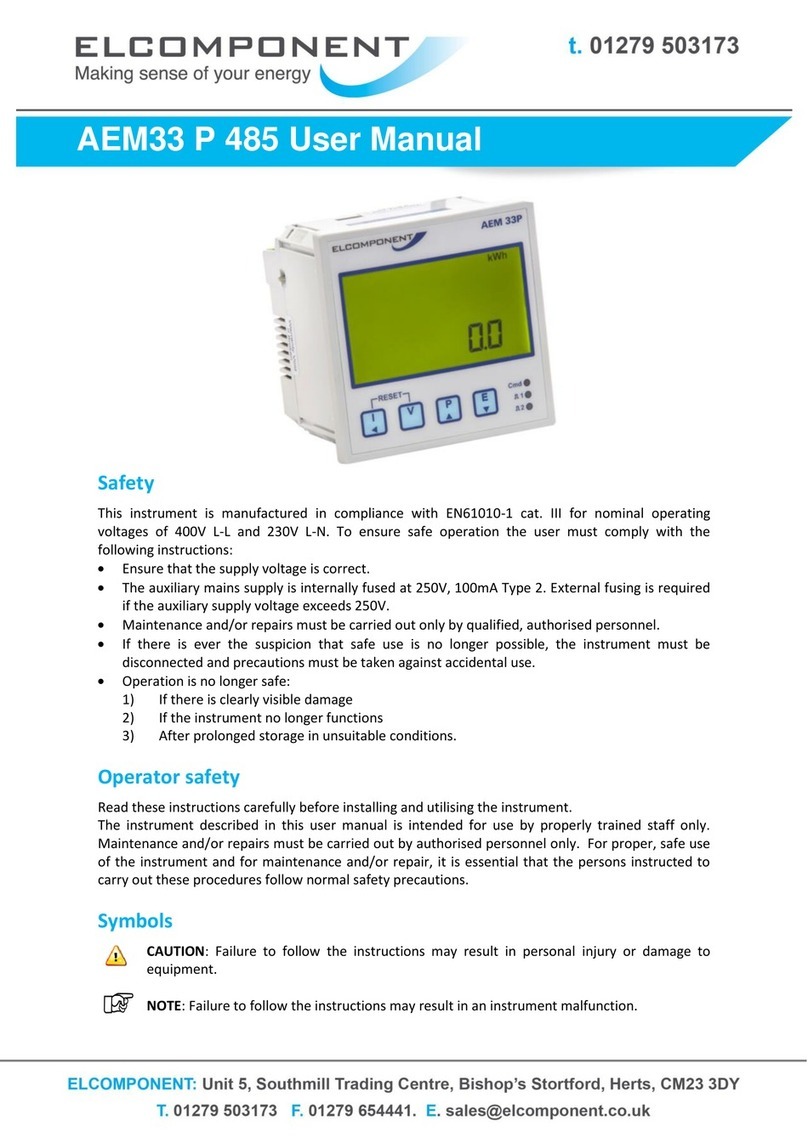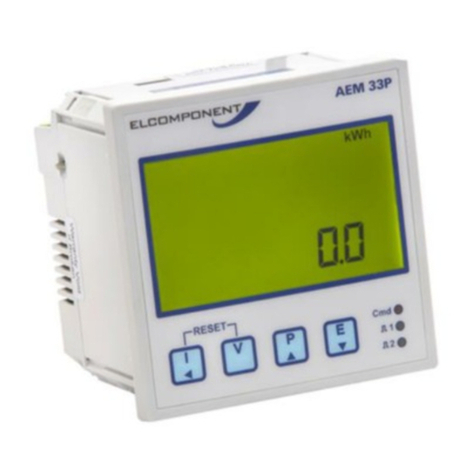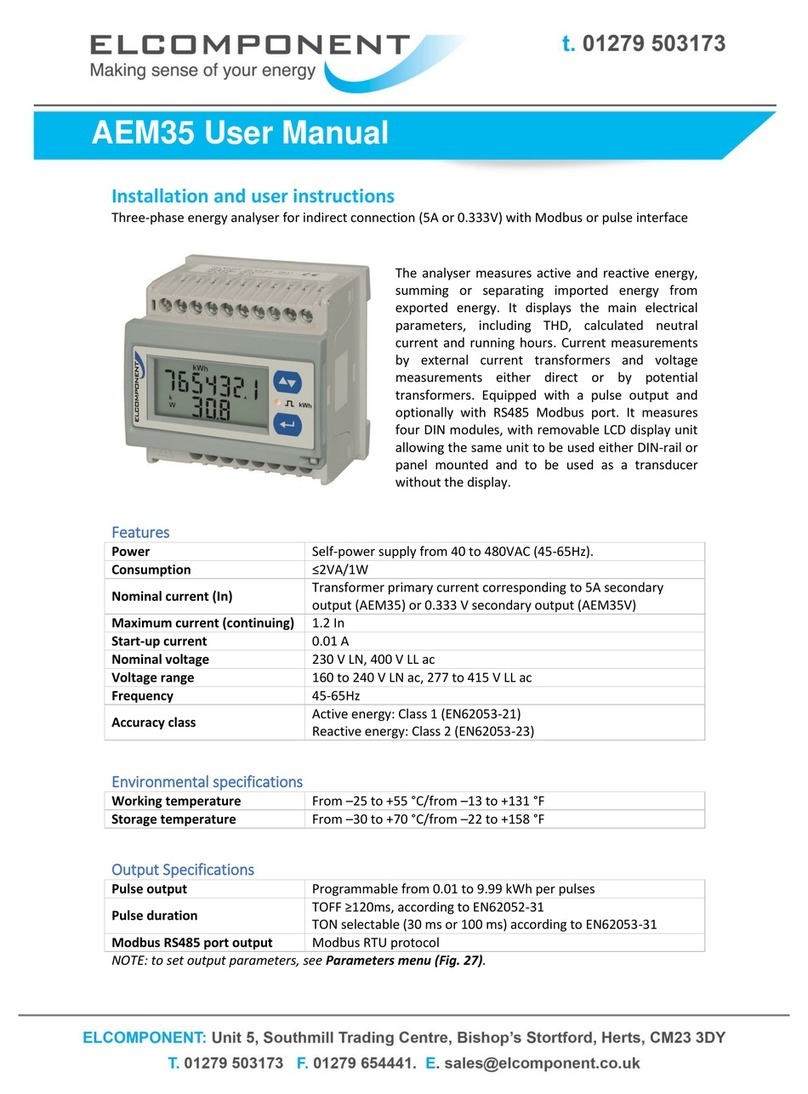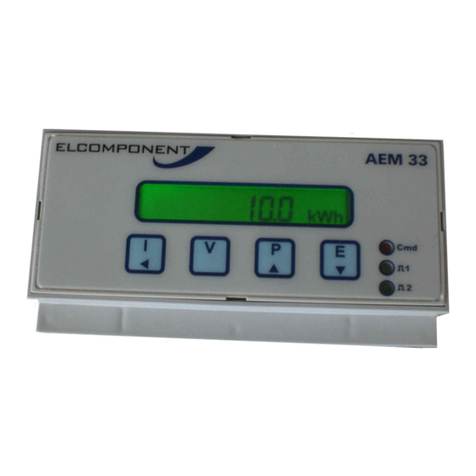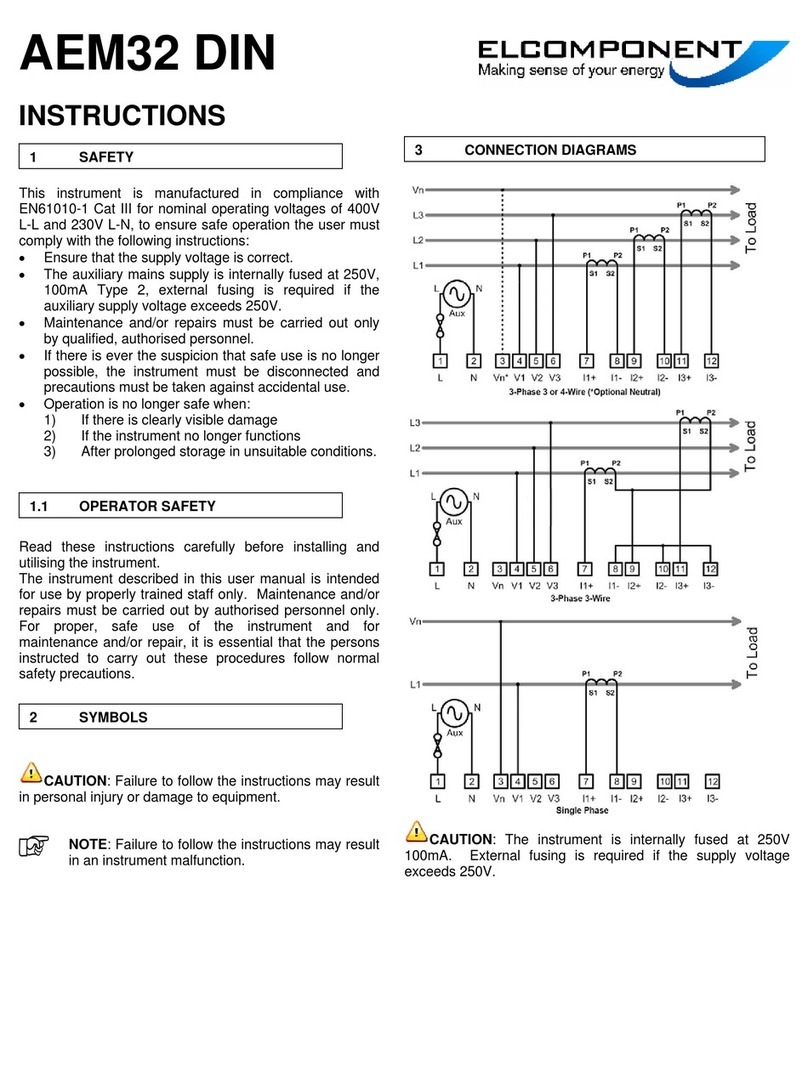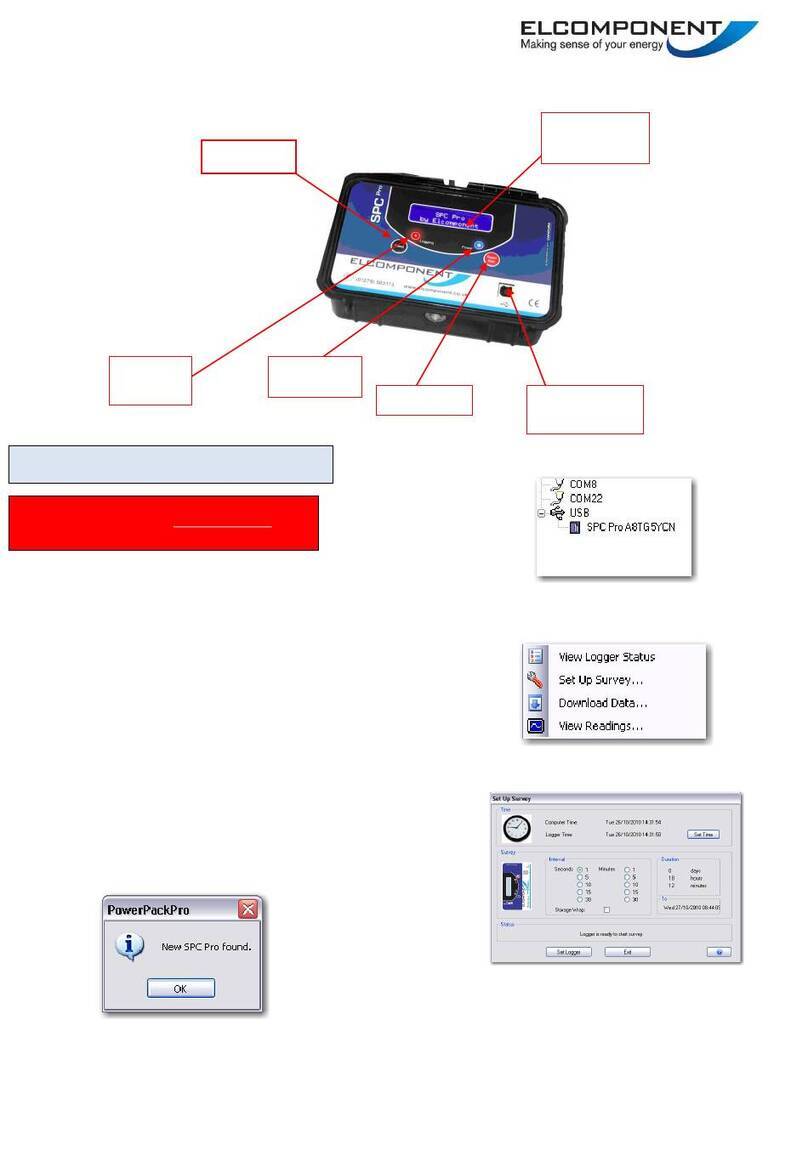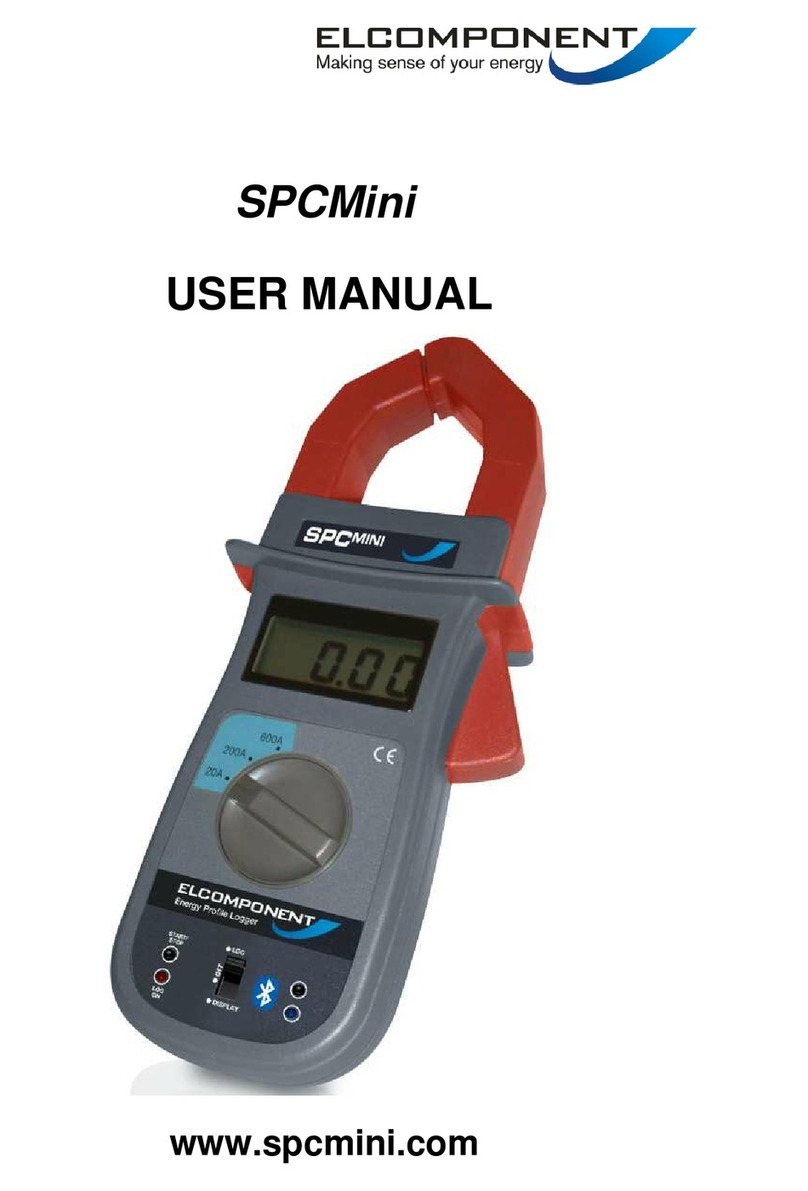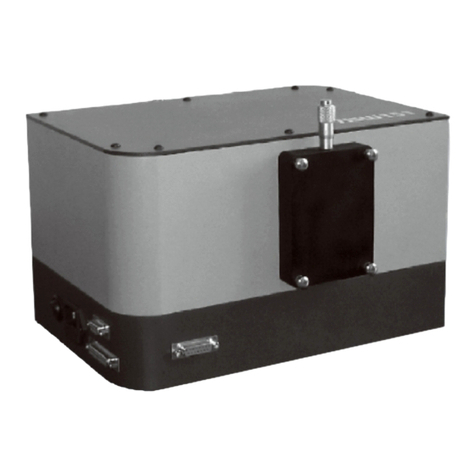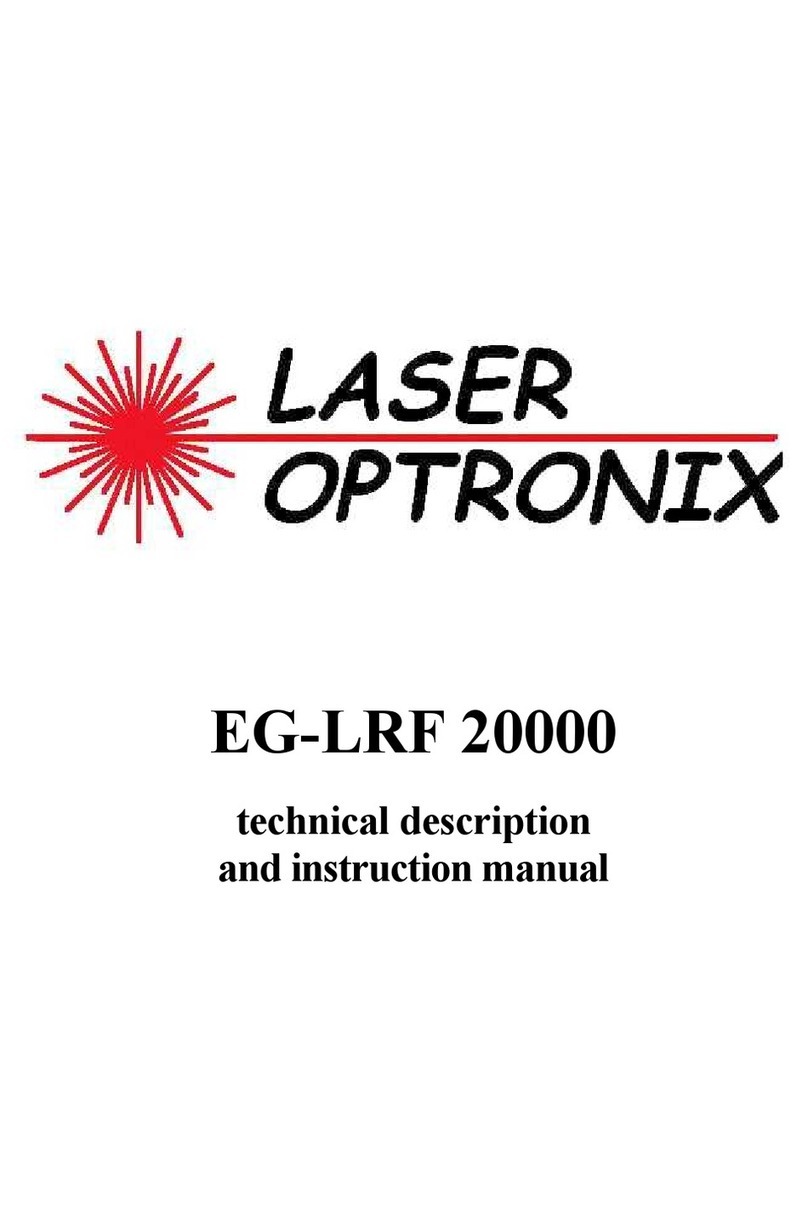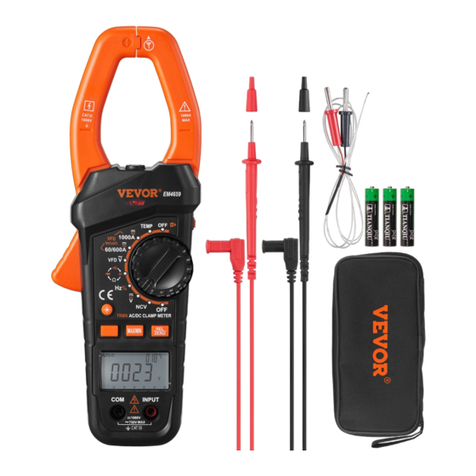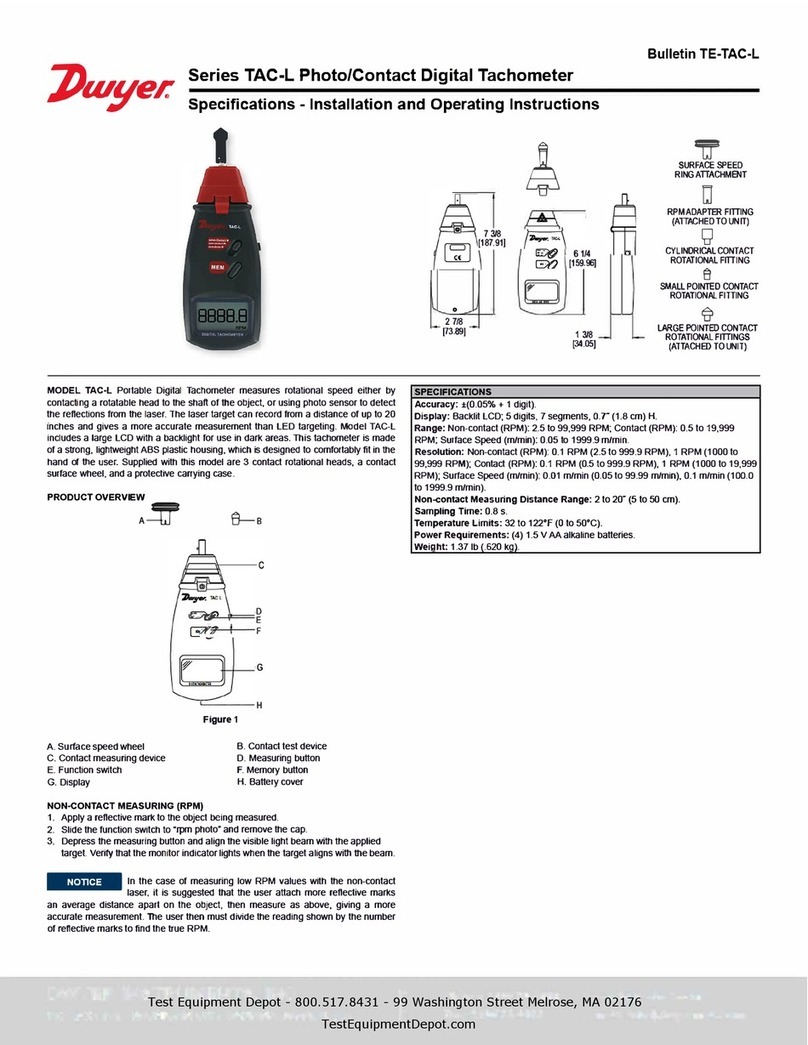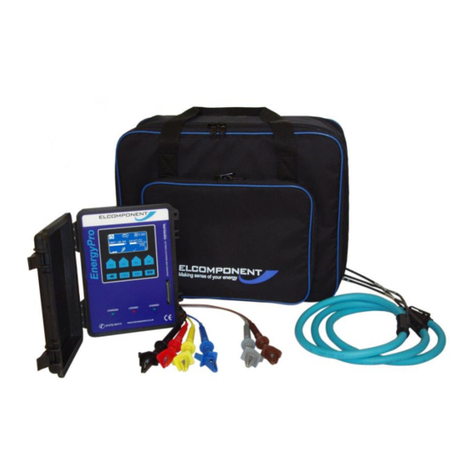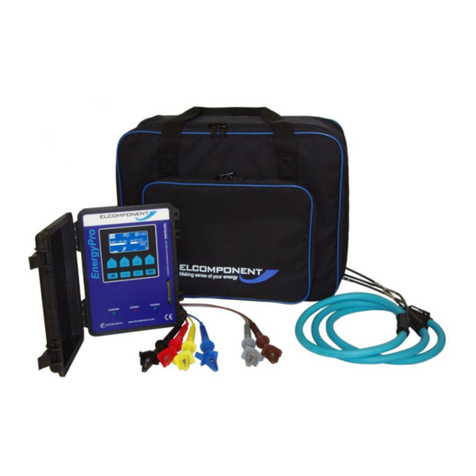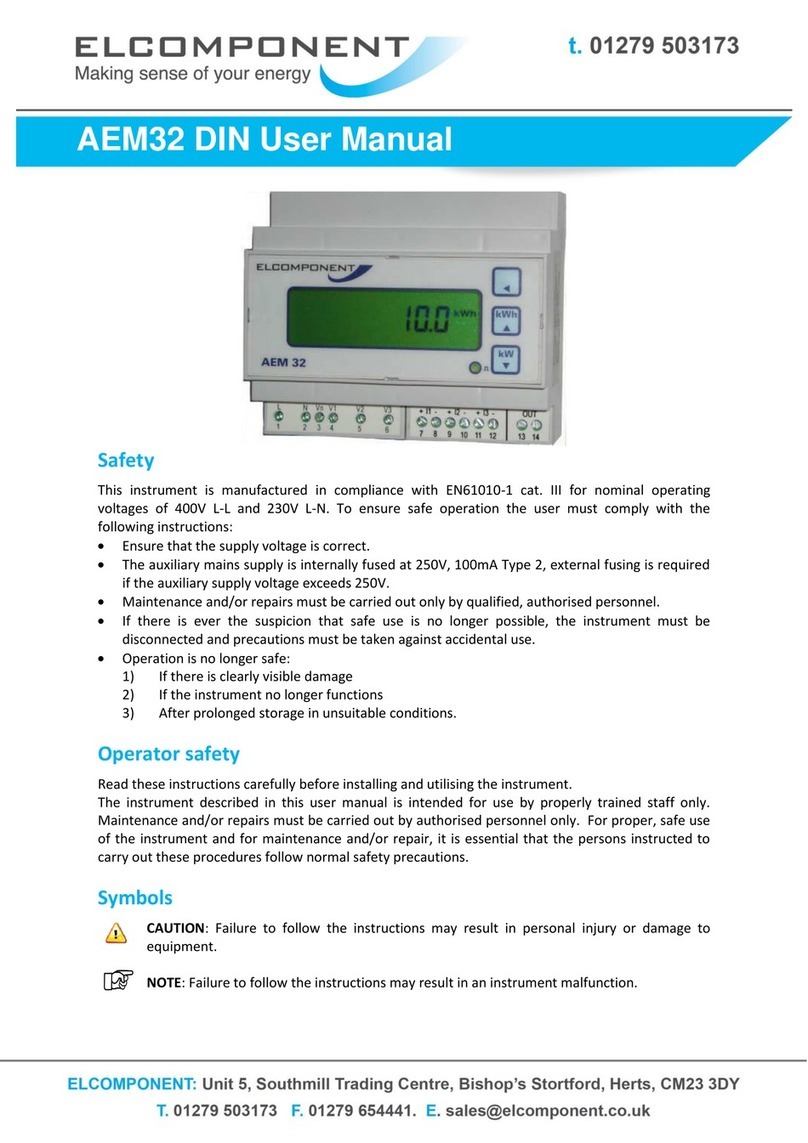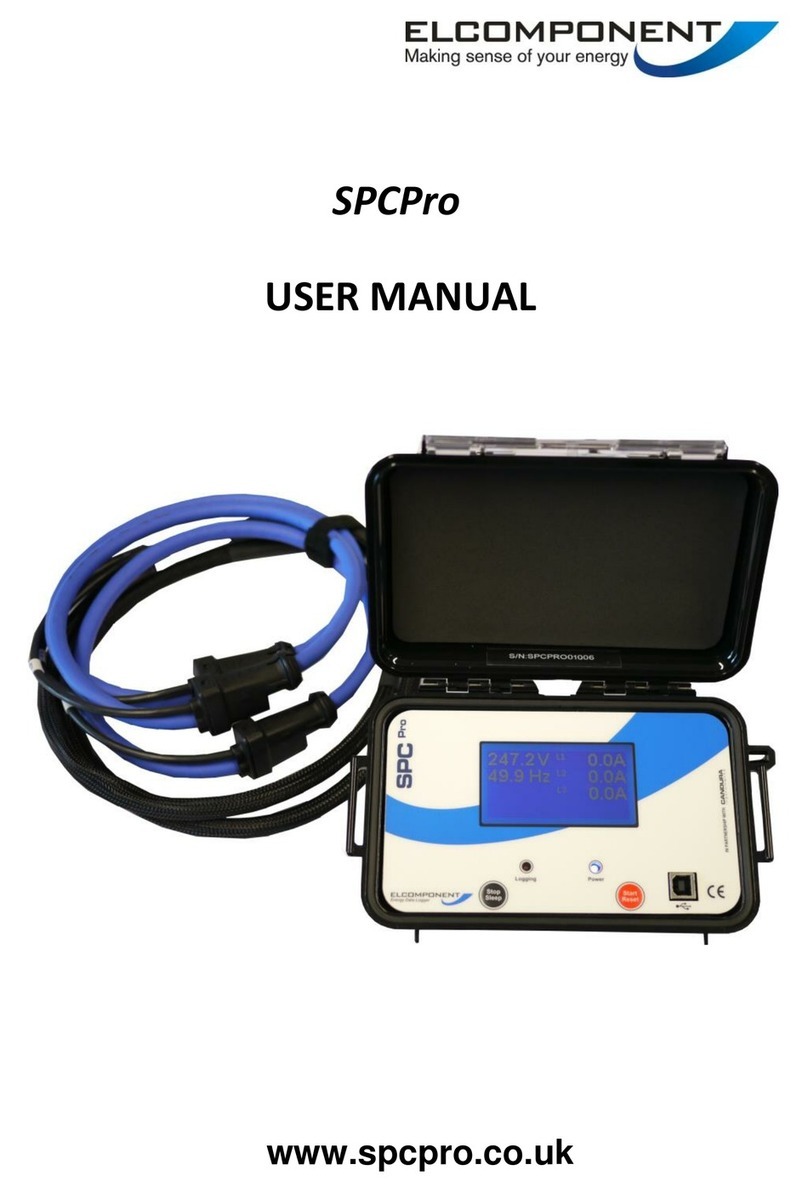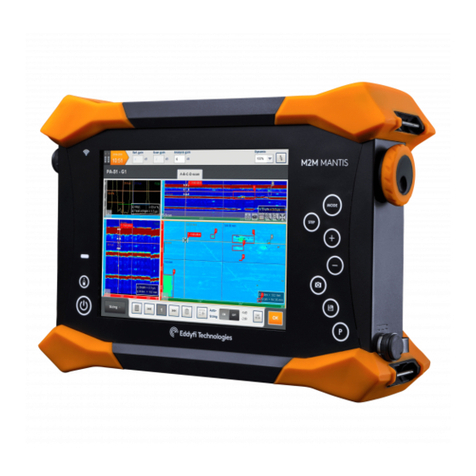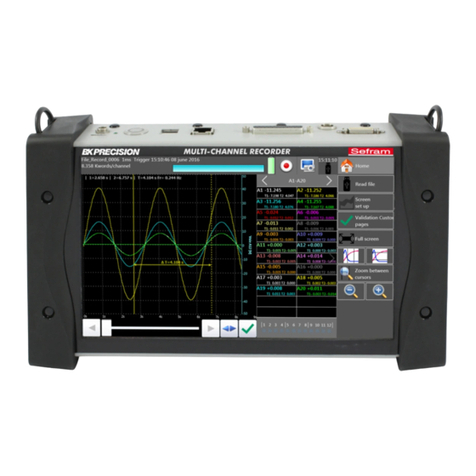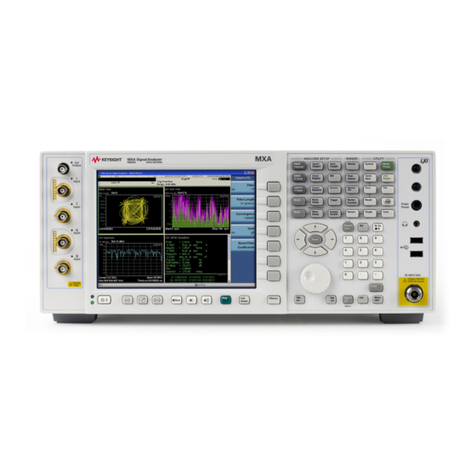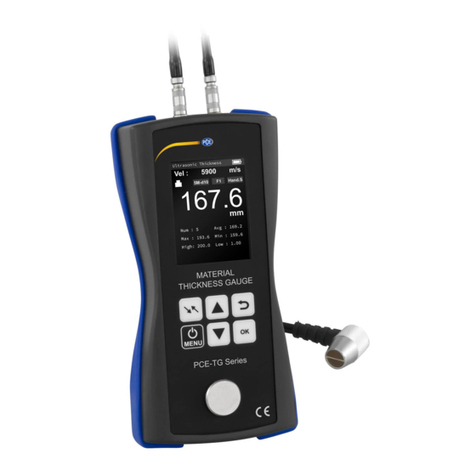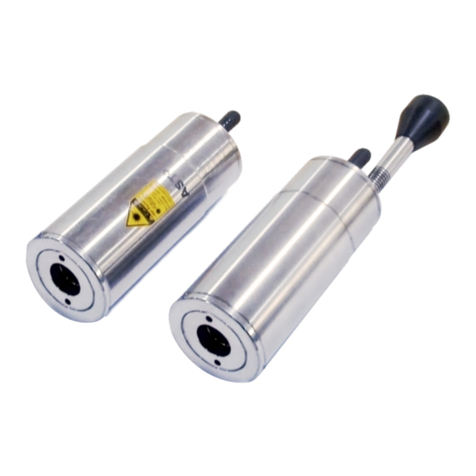
Table of Contents
Introduction.......................................................................................................................................1
Safety...............................................................................................................................................2
Quick Start........................................................................................................................................3
Hookup Configurations.....................................................................................................................4
Hookup Diagnostic Warnings...........................................................................................................5
PQPro™ Firmware Features............................................................................................................7
RMS and Waveform Data Storage.........................................................................................7
Harmonics ..............................................................................................................................7
Interharmonics........................................................................................................................8
Power Calculations.................................................................................................................8
Frequency...............................................................................................................................8
Event Capture ........................................................................................................................8
Under/Over Voltage Events....................................................................................................9
High Speed Voltage Transients .............................................................................................9
Current Inrush ........................................................................................................................9
Voltage and Current Unbalance.............................................................................................9
PQPro™ Back Panel......................................................................................................................10
PQPro™ Front Panel .....................................................................................................................11
PQPro™ Operation ........................................................................................................................12
Turning On and Off...............................................................................................................12
Memory Card........................................................................................................................12
PQPro™ Setup ..............................................................................................................................13
Phase CT Range..................................................................................................................13
CH 4 CT Range....................................................................................................................13
Connection ...........................................................................................................................13
1P2W - 1 Phase 2 Wire .............................................................................................................13
1P3W - 1 Phase 3 Wire (Edison circuit).......................................................................................13
3P3W - 3 Phase 3 Wire (Delta circuit) ........................................................................................13
3P4W - 3 Phase 4 Wire (Wye circuit)..........................................................................................13
2.5E - 2½ Element ....................................................................................................................13
PQPro™ Data Storage...................................................................................................................14
Storage Rate ........................................................................................................................14
Recording Mode...................................................................................................................14
Interharmonics......................................................................................................................15
Voltage Spike Waveforms....................................................................................................15
Under/Over Voltage Waveforms ..........................................................................................15
Current Inrush Waveforms...................................................................................................15
RMS Capture........................................................................................................................15
PQPro™ Trigger Levels .................................................................................................................16
Event Enable........................................................................................................................16
Phase Current Inrush ...........................................................................................................16
Channel 4 Current Inrush.....................................................................................................16
Phase Voltage Nominal........................................................................................................16
Channel 4 Voltage Nominal..................................................................................................16
Voltage Spike .......................................................................................................................16
Phase Voltage Over .............................................................................................................16
Phase Voltage Under...........................................................................................................17
Channel 4 Voltage Over.......................................................................................................17
Channel 4 Voltage Under.....................................................................................................17




















